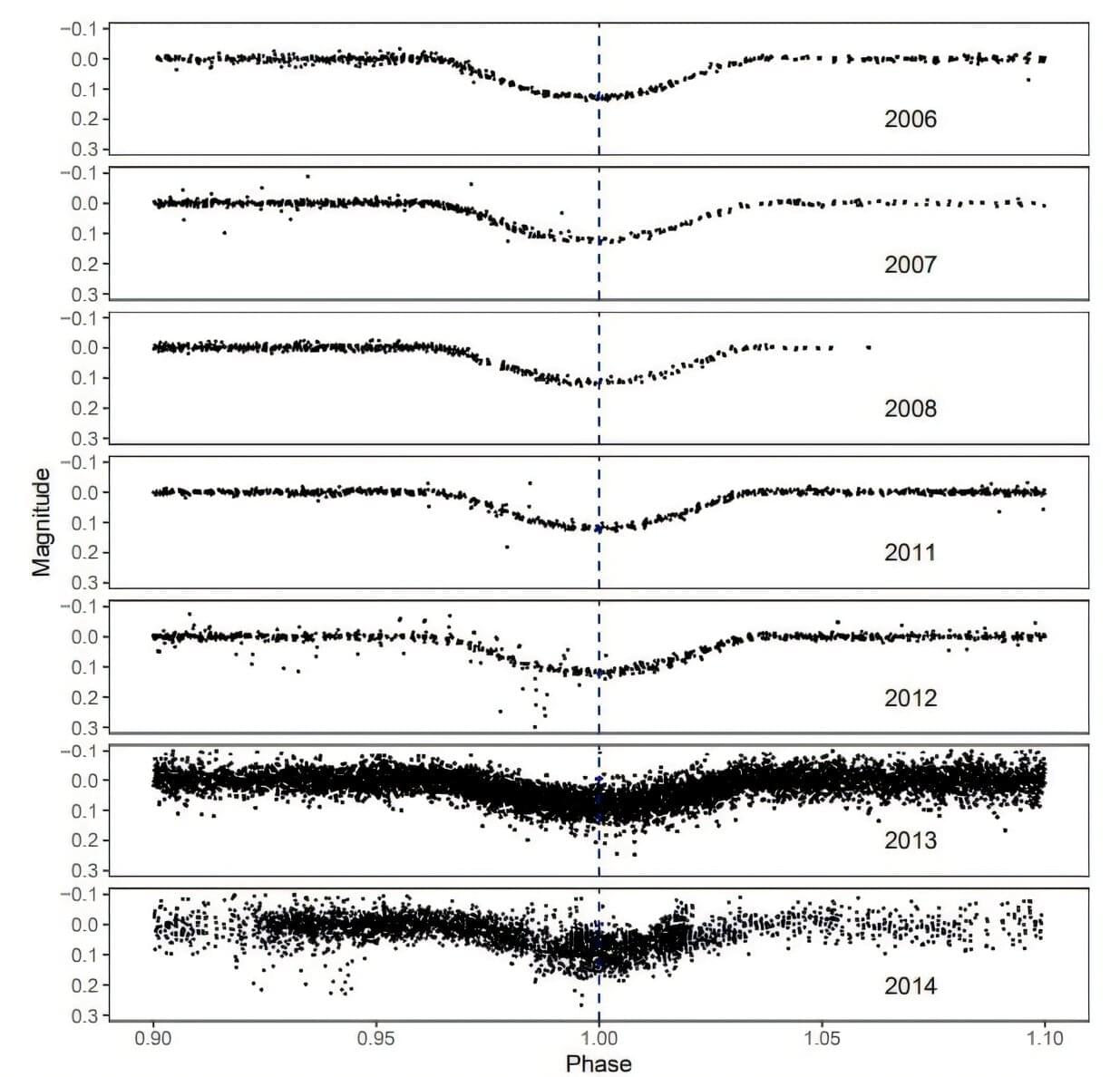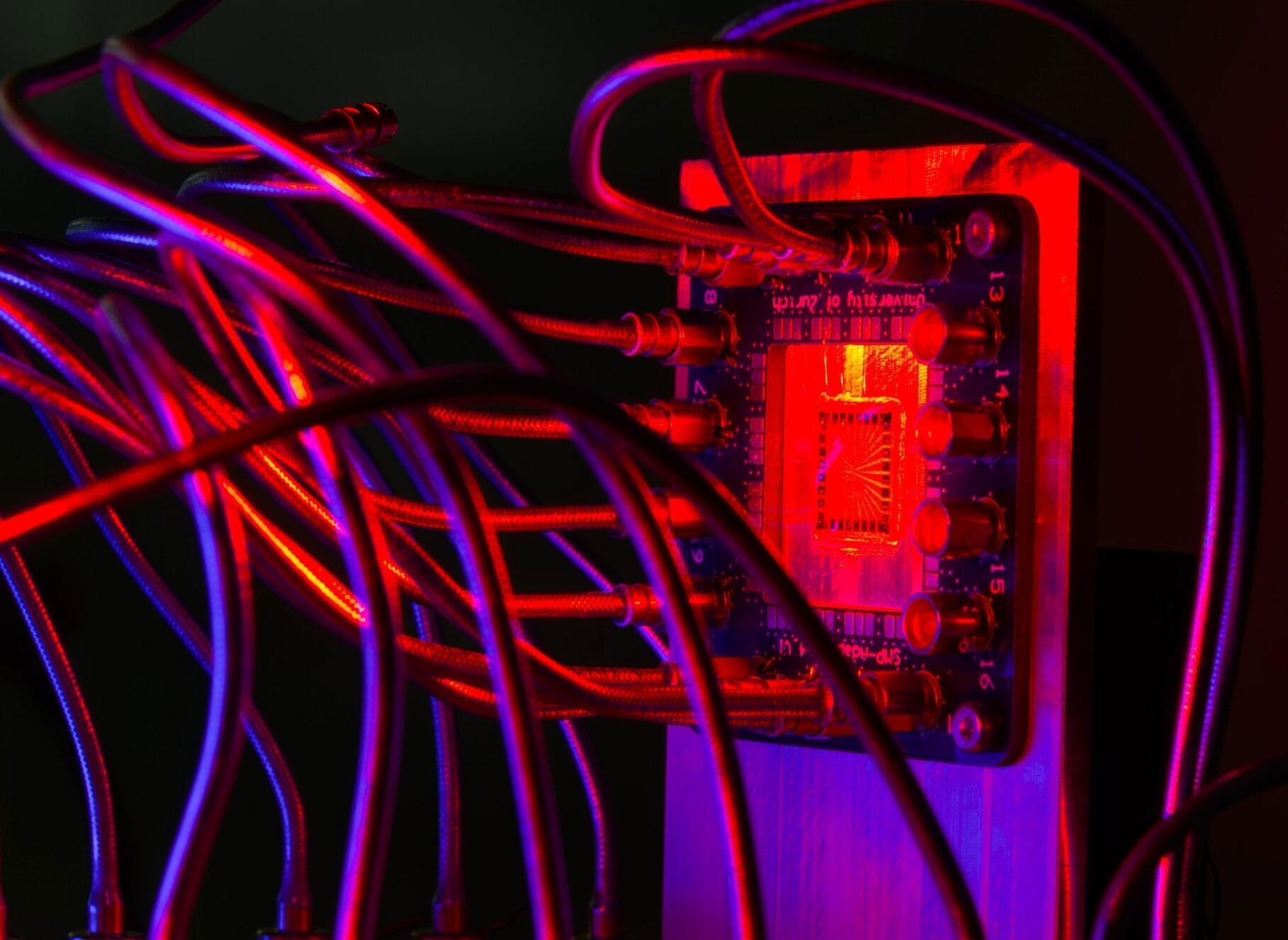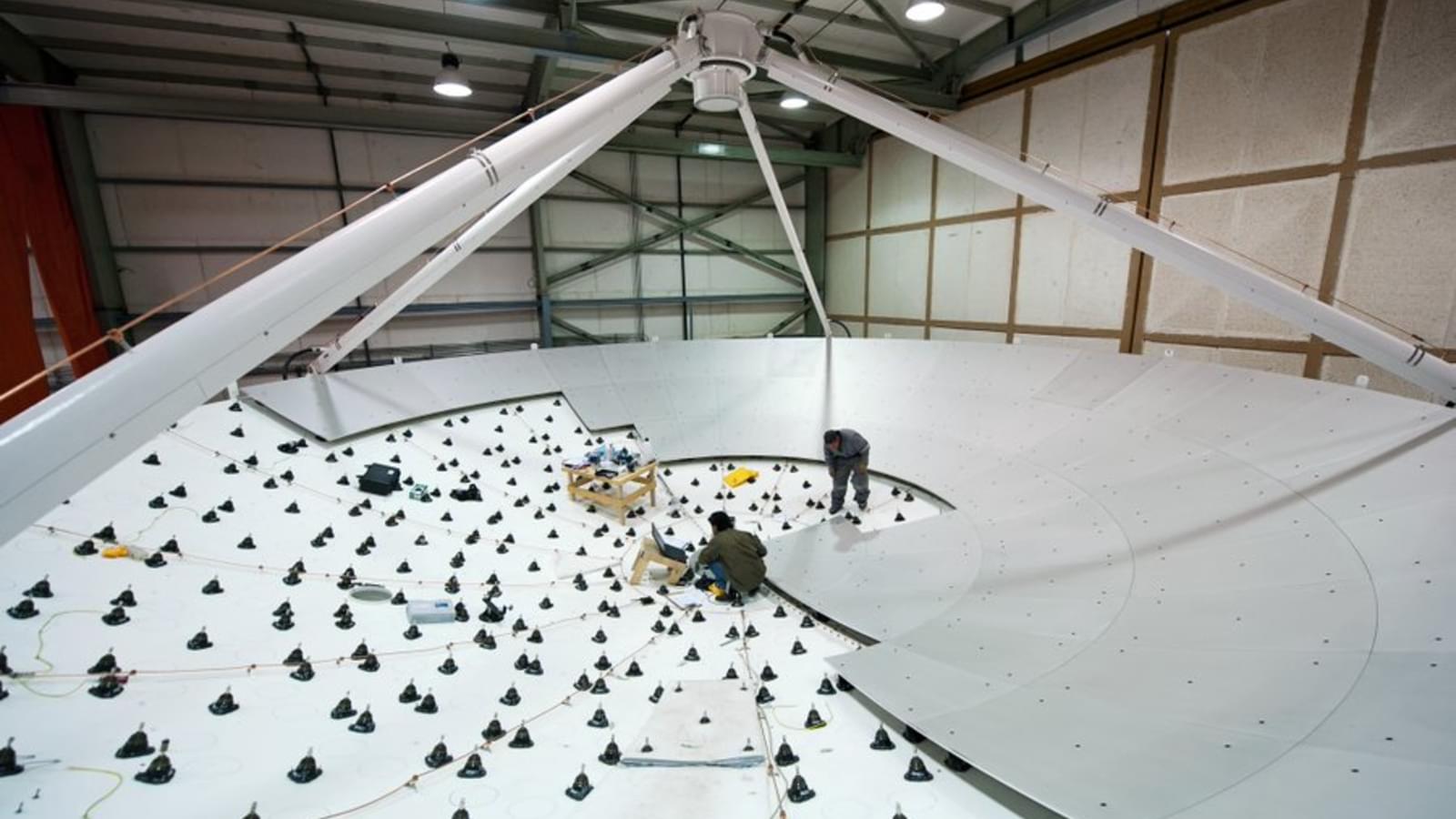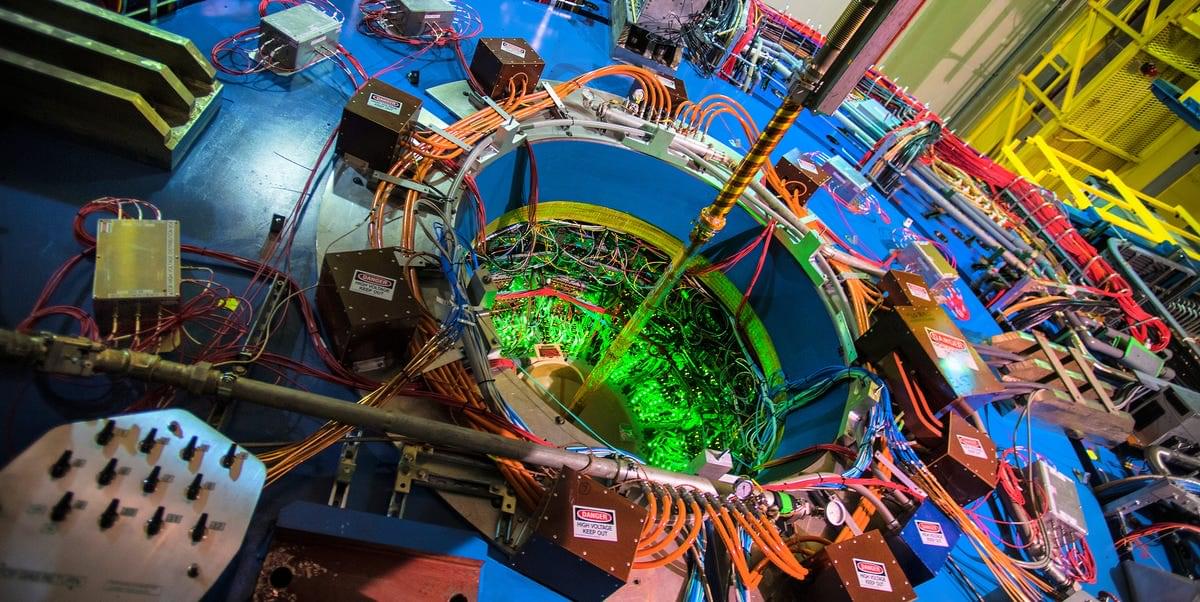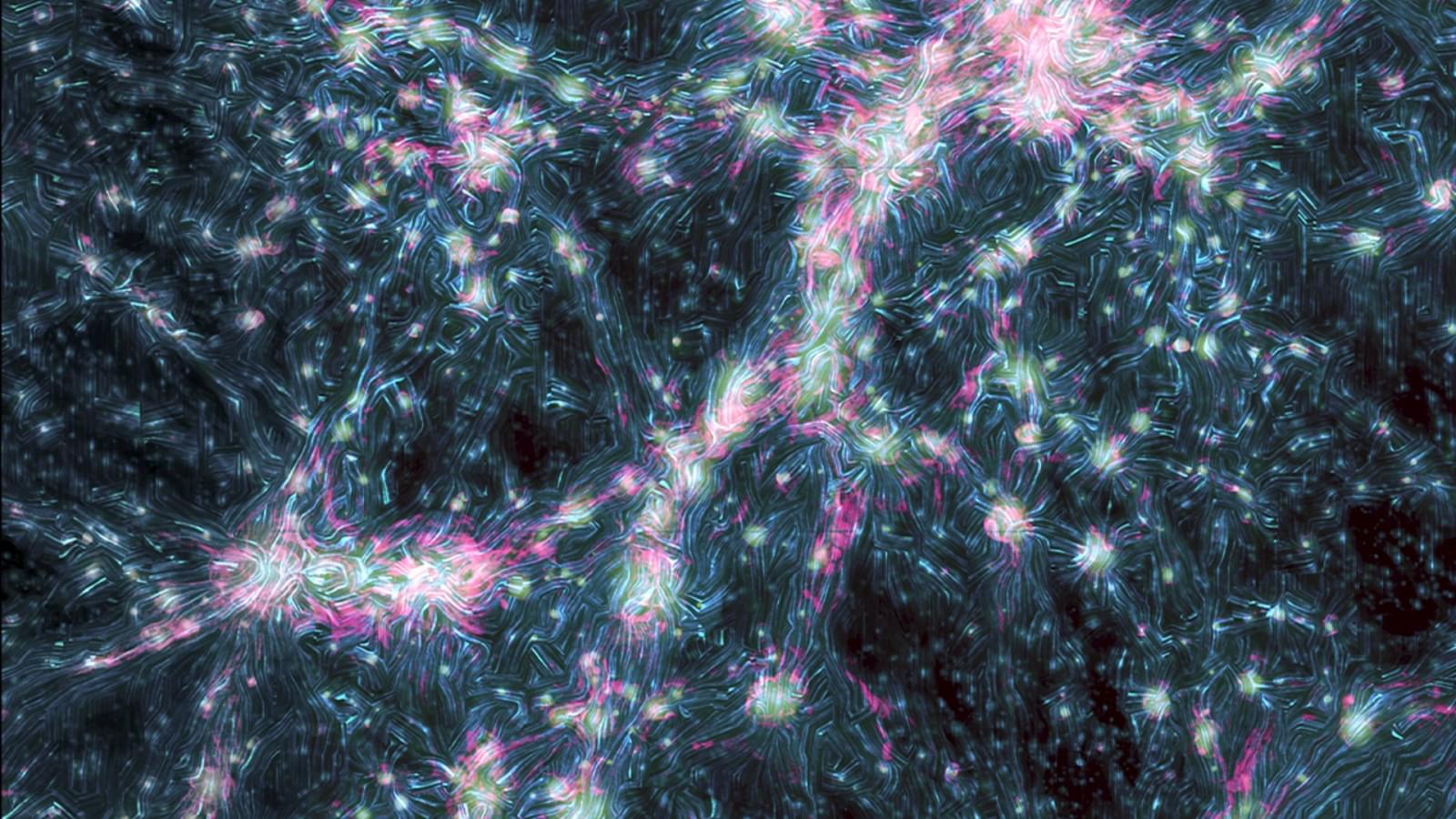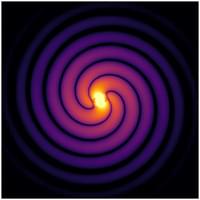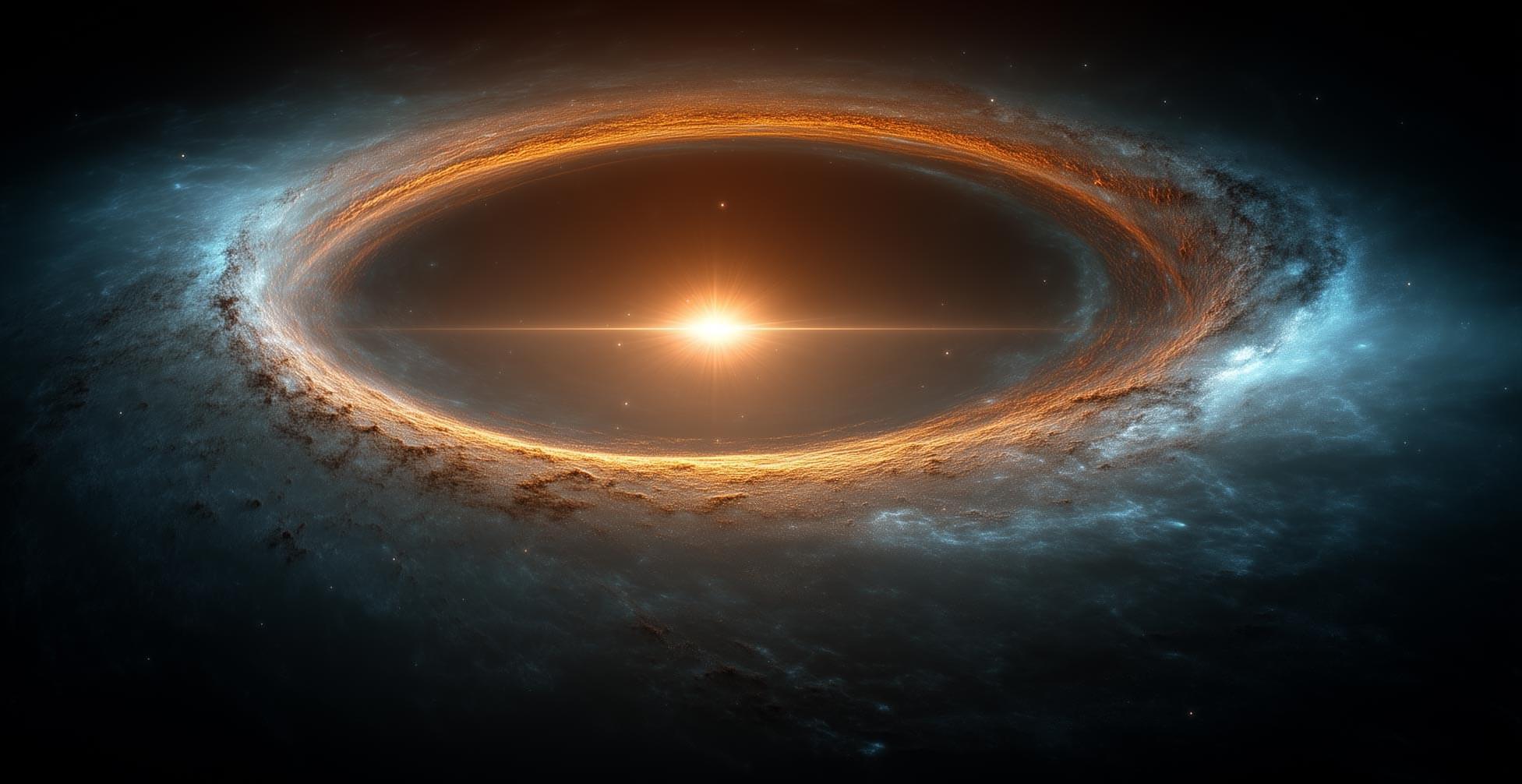An international team of astronomers reports the discovery of a new pre-main-sequence eclipsing binary system. The newfound binary, designated MML 48, consists of two young low-mass stars. The finding will be published in the upcoming issue of the Astronomy & Astrophysics journal.
Stellar systems showing regular light variations due to one of the stars passing directly in front of its companion are known as eclipsing binaries (EBs). In these systems, the orbit plane of the two stars lies so nearly in the line of sight of the observer that the components undergo mutual eclipses. EBs can provide direct accurate measurement of the mass, radius and effective temperature of stars; therefore, they are essential for testing and calibrating theoretical stellar-evolution models.
Astronomers are especially interested in finding new young EBs. This is due to the fact that such binaries constrain pre-main-sequence (PMS) stellar evolution models in the regime when the temperatures, luminosities, and radii of stars are changing rapidly as they settle onto the main sequence (MS).
